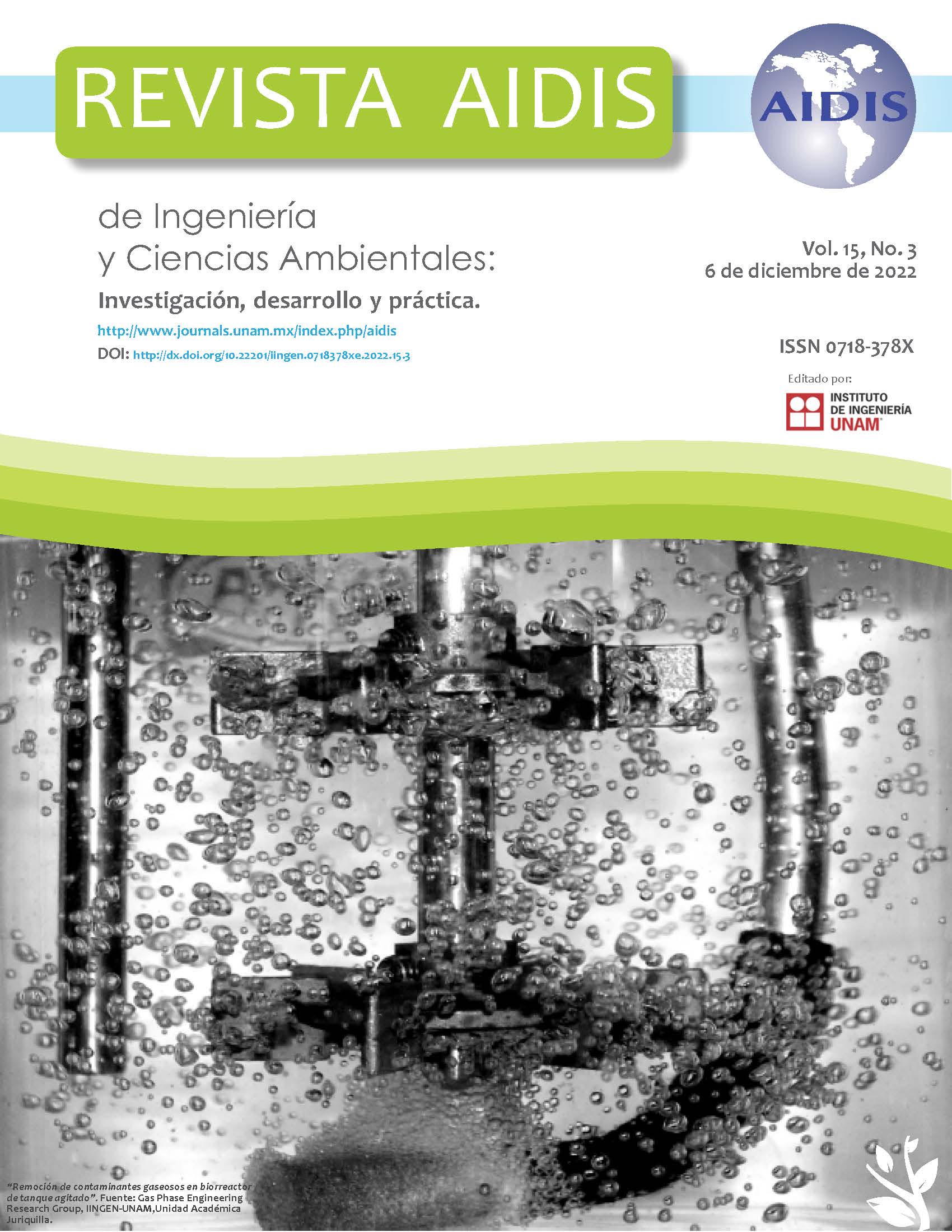APPLICABILITY OF THE SWAT MODEL FOR HYDROSEDIMENTOLOGICAL AND PARAMETER SENSITIVITY ASSESSMENT IN THE SUCURU RIVER BASIN
Main Article Content
Abstract
Many environmental problems, especially in the northeast region of Brazil, are a direct consequence of the frequent droughts and contamination of water sources in these regions, as well as the growing demand for water resources recorded in recent decades. Human activities have caused several changes in watersheds and environments, leading to changes in climate and hydrology. Changes in land use and occupation affect the behaviour of surface runoff. This work aims to develop a methodology to quantify surface runoff and soil erosion related to sediment production in a semi-arid basin, taking into account variations in land use conditions and variations in rainfall when fluviometric data are unavailable. Therefore, the SWAT (Soil and Water Assessment Tool) model is used as a tool for these assessments. This study evaluated the Sucuru River Basin downstream of the Sumé Dam using precipitation data, temperature and maps of soil type, land use and occupation and observed changes during this period, from 1994 to 2015. According to the rainfall series used for the simulation, 8 of the 22 years of analysis had annual rainfall below the historical average, with 500 mm in the Cariri region of Paraíba. On the other hand, seven years has a marked yearly total around the standard. The most sensitive parameters of the model are those related to physical properties and soil management, such as available water capacity.
Article Details
Citas en Dimensions Service

This work is licensed under a Creative Commons Attribution-NonCommercial-NoDerivatives 4.0 International License.


